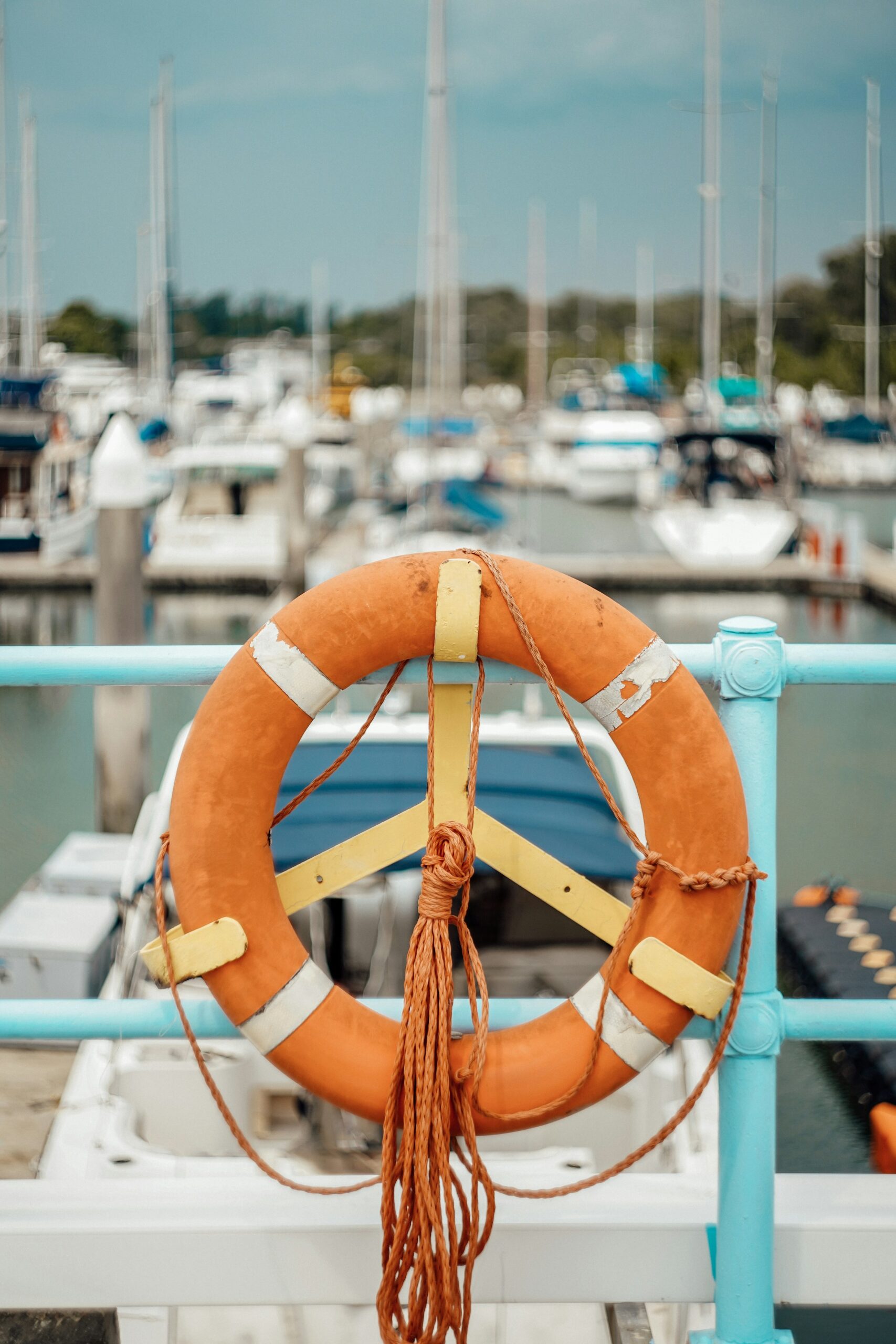
Photo by Eugenia Clara on Unsplash
This guiding principle from the nautical world has an interesting application to food safety if we are allowed to take a little license with its use. “Any port in a storm” is another way of saying you are looking for a safe harbor. You want a place to dock that will protect your ship, cargo, and crew from rough seas and imminent hazards. Food safety professionals and regulators will sometimes use the term “safe harbor” as well.
In the food safety world, a safe harbor is a standard that we can count on to prevent, reduce, or eliminate a risk. It is a temperature, a time, a pH value, a sanitizer concentration, etc., that is proven effective. It is validated by agreed-upon measurement and testing standards, and other experts in the field have double-checked the results. Testing and verification benefit us all because we don’t have to prove every time we put a washed and rinsed dish or utensil into the third compartment of a sink with the correct mixture of chemicals to sanitize it that the sanitizer is working.
We often quote our safe harbor control points because they are built into our business operations. These safe harbors are also very helpful for the health inspectors. When these standards are written into the Food Code, they are the same ones the experts have validated. The code does not always reflect the most current research. A state might restrict a standard, or a business might raise or lower a temperature for their peace of mind, but that is only intended to make everyone “safer.”
Some examples of “Safe Harbor” standards you might recognize include
- Cooking chicken to 165oF is a lethal temperature for Salmonella spp and any other vegetative pathogenic bacteria on the chicken.
- Acidifying rice or ceviche to a pH below 4.6 kills parasites or prevents toxic bacteria from activating.
- Storing prepared cold TCS foods in a refrigerator for seven days or less at 41oF or below to prevent Listeria or other organisms from growing to harmful numbers.
Safe harbors are our friends. Someone has done the work to confirm that we can safely prepare, store and serve food if we anchor in these harbors. Everyone (even your inspector) knows these standards and expects business owners and CFPMs (Certified Food Protection Managers) to incorporate them into their operations. The FDA has determined that an operation with a CFPM is less likely to be cited for Priority 1 violations on its inspection report. Why? Because when the manager knows where to anchor, they are more likely to keep the cargo, the ship, the passengers, and the crew safe.
